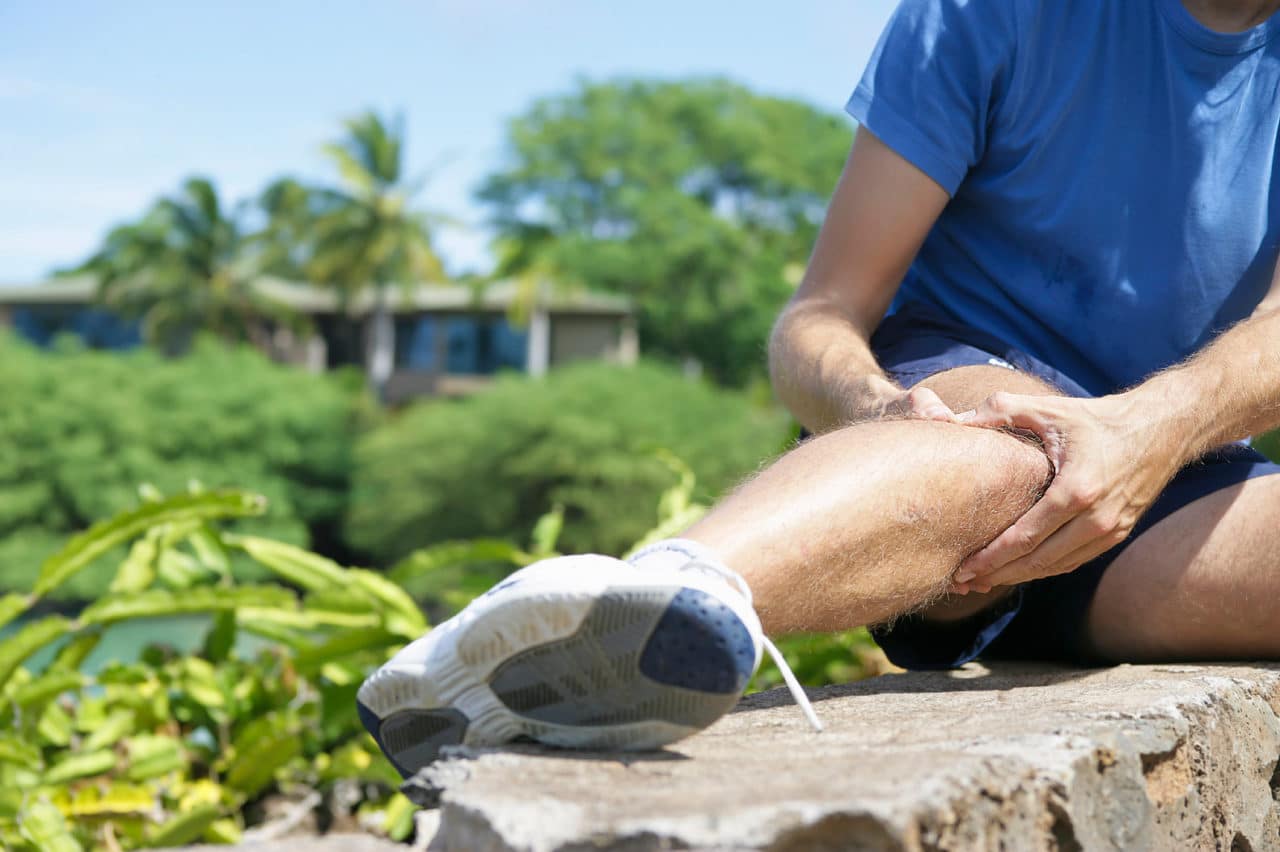
Injury Mechanisms
How do we move optimally, with no relevant risk (RR) of injury?
The fundamental component of athletic activity is efficiency of movement. Efficiency of movement is compromised when there are changes in biomechanical function, often termed ‘movement disorder’, ‘impairment’ or ‘dysfunction’, causing an individual to adapt and adjust to the loads placed upon it. Anatomical and physiological dysfunction of joints and tissues either present themselves as a primary or secondary pathology to the individual. The alteration of either can influence the stresses placed on each system, and therefore cannot be sustained for a lifetime without it metamorphosing in to a clinical condition (Noyes, Schipplein, Andriacchi, Saddemi & Weise, 1992).
Intrinsic risk factors are those factors that affect the load tolerance of the tissues within the athlete (Bartlett & Bussey, 2012). Many intrinsic risk factors are considered non-modifiable (Bartlett & Bussey, 2012). However, poor alignment, biomechanics, and motor control proposes an alternative theory on modifiable intrinsic risk factors, how they may contribute to the disparity that is seen in studies on non-contact injuries and how these intrinsic risk factors may contribute to the observations of non-favorable movement patterns and length-associated changes in muscle tissue. More on this in a later blog.
It’s all your fault!
In 1995, Arendt and Dick first reported 70% of ACL injuries occurred non-contact, over a five-year duration, this figure has risen by 21% (Kirkendall & Garrett, 2000). Higher incidence rates are commonly found in young athletes (Renstrom et al., 2008), female athletes (Arendt & Dick, 1995; Krosshaug, Slauterbeck, Engebretsen & Bahr, 2007), and dominate in sporting disciplines of volleyball, basketball and soccer (McLean, Neal, Myers & Walters, 1999; Malinzak, Colby, Kirkendall, Yu & Garett, 2001; Munro, Herrington & Carolan, 2012). In other sports hip/groin non-contact injuries are most prevalent (REF) (REF). So what the EBM suggests is that only the individual with the injury is to blame for the injury. What this data does not explain nor separate is how many contact injuries occur due to ‘weakened’ tissue mechanics.
If 91% of all ACL injuries are non-contact, then it is reasonable to assume that the mechanism that underpins these injuries involves the intrinsic forces generated by the individual.
EBM
Many studies (Johansson, Lorentzon & Fugl-Meyer, 1989; Snyder-Mackler, De Luca, Williams, Eastlack & Bartolozzi, 1994; Colby et al., 2000; Wojtys, Ashton-Miller & Huston, 2002; Hewett, Paterno & Myer, 2002; Hewett et al., 2005; Franks, Brown, Coburn, Kersey & Bottaro, 2012) have all explored the need for both the agonist and antagonist muscles involved in movement must work harmoniously to reduce relative risk of injury: i.e. all biological tissues involved in movement must have the capacity to perform their job they were ‘designed’ to do. Deficits in ‘capacity’ (strength and activation) increase the relative risk of injury.
Invivo
Each movement we make is underpinned by a specific mechanism of unique design. Failure to complete movement as designed increases our relative risk of injury; contact and non-contact. Based on my studies to date (18th February 2018), I have assessed over 7,000 subjects for the ability to perform the mechanisms of gait optimally – i.e. harmoniously with little or no-risk and have found 97% fail to perform gait optimally, suggesting 97% of the population are at risk of injury.
-
There are so many mechanisms involved in squatting, some of these mechanisms are fundamental to the human design, others blow off the cobwebs and allow us to keep moving safely and efficiently. Reducing squatting exposes the joints to premature aging; knees, hips, ankles, spine, and pelvis.
-
Thumb joint corrects foot pain! Seriously?
I know, crazy right? I must be mistaken? It has to be some kind of black magic? I'm pain-free because of some other factor? It must be psychosomatic?To be honest, I have heard it all now. What's important? My wrist is pain-free enabling me to get back to a normal life after 2 years of pain!



0 responses on "How 'At Risk' are you of non-contact injury?"